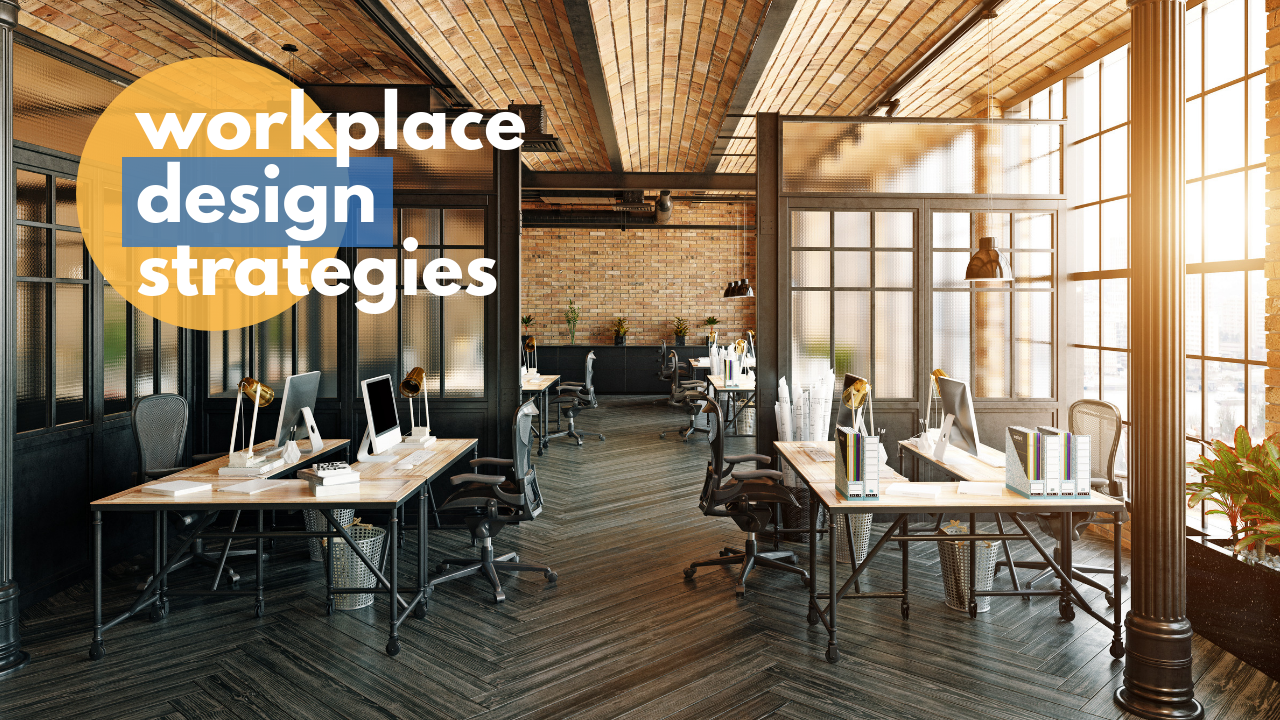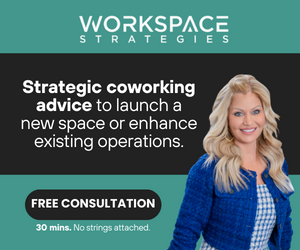- Given the amount of time spent in an office environment, it should be natural and logical for the workplace to promote healthier lifestyles.
- Attributes of spatial design can promote physical movement at work by encouraging walking behaviors and stand-up breaks throughout the day.
- It’s not all about yoga and fitness classes — simply having visibility of a communal area or cafe, and a feeling of space, can encourage more activity.
The American Heart Association (AHA) has found that “greater time spent in sedentary behavior is associated with all-cause and cardiovascular morbidity and mortality in adults.” Meanwhile, the World Health Organization (WHO) found a worldwide trend in insufficient physical activity.
The verdict is out: individuals are leading inactive and sedentary lives.
Wellness has become a central topic in workplace design. Considering most people spend the vast majority of their time in the workplace, it should be natural and logical for this built environment to promote healthier, more active lifestyles.
According to research, attributes of spatial design can play a role in promoting physical movement in the workplace, specifically in encouraging walking behaviors and stand-up breaks throughout the day. Studies have shown that having multiple standing breaks or some physical movement distributed throughout the day is more beneficial than having moderate to vigorous activity for a singular, set amount of time for the day.
In order for this to happen, and for it to be a permanent change, workplaces need to make it accessible and easy for people to make healthier choices in their day to day lives.
In her thesis research paper “Impact Of Workplace Design And Planning On Sedentary Lifestyles”, Cerise Marcela argues that:
“The work environment is seen as an opportunity for influencing long term individuals’ health. Given the high percentage of our lifetime spent in a workplace, there is an untapped opportunity for a built environment to impact choices for a more active lifestyle and in turn make a lasting impact on health and well-being.”
According to Marcela, “effective interventions in the workplace can reduce occupational sitting by as much as 40 minutes over an 8-hour workday, which translates to about 8% reduction in sitting time.”
Not only does this improve a person’s well-being, it also increases levels of energy, improves mood, and decreases feelings of fatigue. Workplaces that encourage activity indirectly increase productivity levels.
But even if there are stairs, it doesn’t necessarily mean that people will use them.
So, what are some workplace design strategies that flexible workspace operators can use to increase physical activity and encourage movement throughout the day?
Marcela’s research found that “visibility (of communal areas) plays a primary role in determining sedentary behavior. Individuals seated in areas with lower visibility to the community spaces were more likely to spend more hours sitting.”
Curiously, individuals that are more motivated by and engaged with their work are less likely to stand up frequently.
Workplace Design Strategies to Encourage Movement
- Place reception and community areas adjacent to the elevator lobby to offer continuity between spaces.
- Make sure people feel that they have enough space. If a person feels restricted, it will prevent them from fully utilizing available spaces.
- Integrate creative elements or artwork into connecting stairs to encourage movement.
- Combine high activity spaces (like the kitchen or cafeteria) with interconnecting stairs; this will create a center of gravity that pulls users to participate and be a part of activities.
- Integrate fun facts about distance, steps, calories in hallways, pathways, or corridors; this will not only remind people to be more active, but it will also make it fun for them to move around the workplace. These are also great areas to promote healthy activities that you may also be hosting (weekly yoga classes, lunch-break meditation sessions, etc.).
- Offer healthy snacks that are only available at specific times of the day (and make sure everyone is notified). Free food is always a good motivator and offering limited snacks at a specific time will encourage people to stand up and take a break.
- Offer a standing meeting room configuration. Not only will it help combat sedentary behavior, it can also cut meeting times by 34%… and who doesn’t want shorter meetings?

 Dr. Gleb Tsipursky – The Office Whisperer
Dr. Gleb Tsipursky – The Office Whisperer Cat Johnson – Coworking Marketing Maven
Cat Johnson – Coworking Marketing Maven Angela Howard – Culture Expert
Angela Howard – Culture Expert Drew Jones – Design & Innovation
Drew Jones – Design & Innovation Andrea Pirrotti-Dranchak – Competitive Advantage
Andrea Pirrotti-Dranchak – Competitive Advantage Jonathan Price – CRE & Flex Expert
Jonathan Price – CRE & Flex Expert Jeremy Fennema – Tech Innovation Alchemist
Jeremy Fennema – Tech Innovation Alchemist







